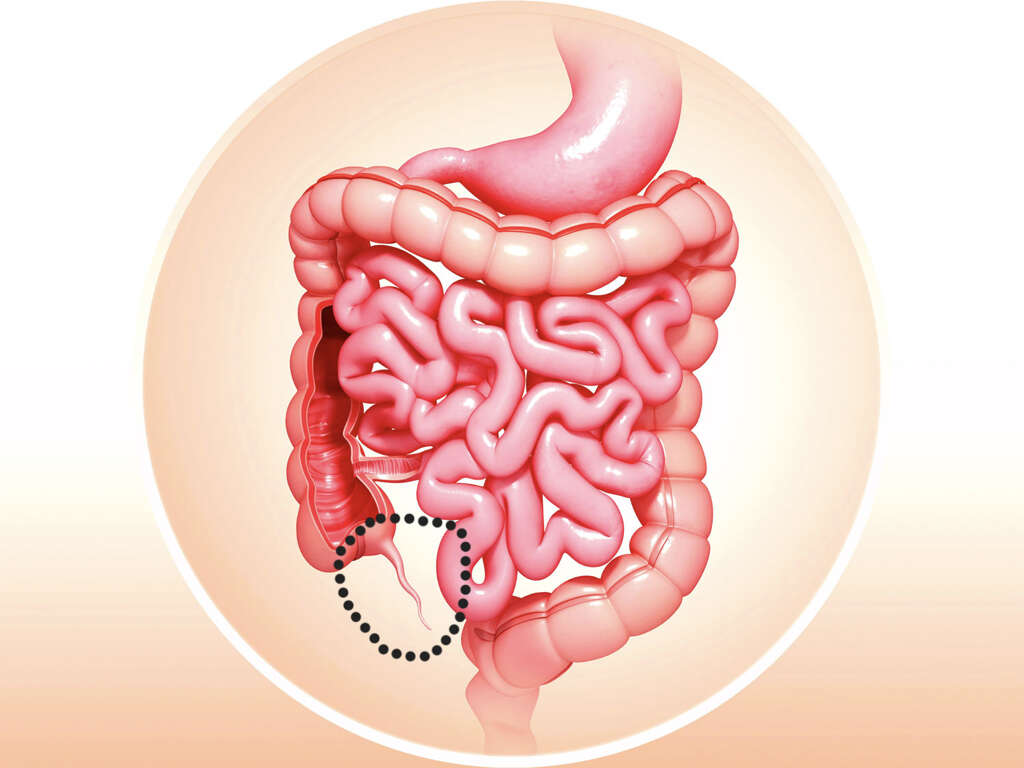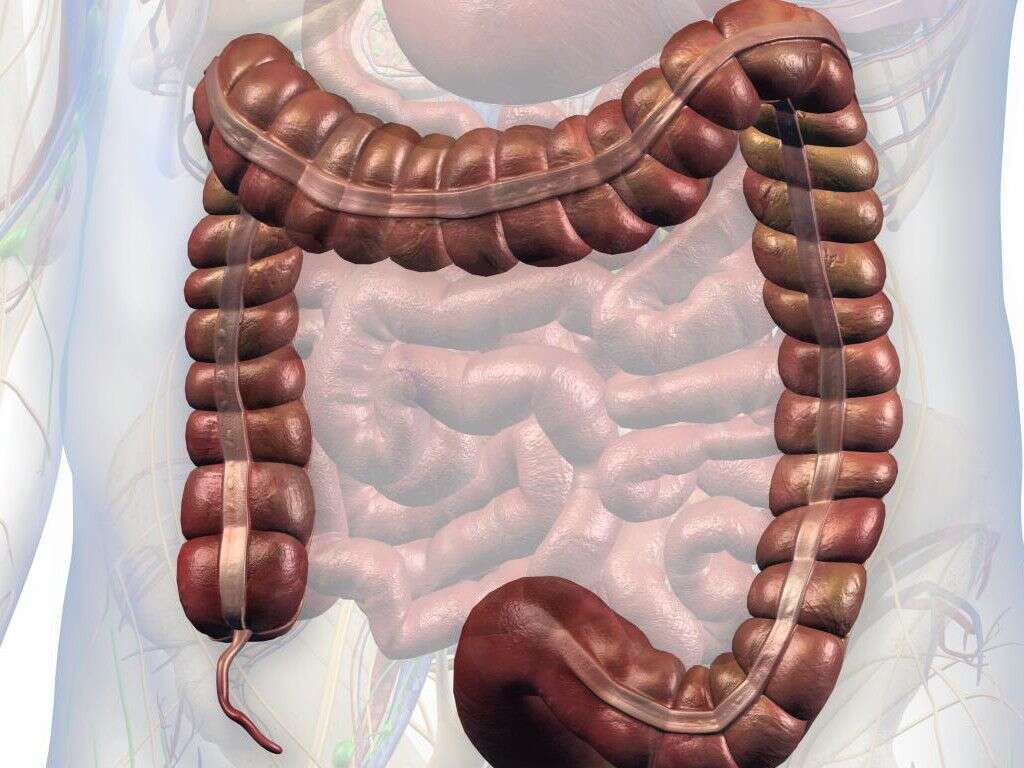10 Signs of Appendicitis
Acute appendicitis is described as an inflammation of the vermiform appendix. Appendicitis is caused by the obstruction of the inner space (also known as lumen) of the appendix. This obstruction can be due to many conditions such as infections, inflammatory bowel disease (IBS) complications, and even foreign bodies. Appendicitis is one of the most common causes of surgical emergencies worldwide. 250,000 cases of appendicitis are reported annually in the US alone, with an incidence of 10 cases per 100,000 population.1“Appendicitis”. Sandy Craig MD. https://emedicine.medscape.com/article/773895-overview#a6
Surgical removal of the appendix, also known as appendectomy remains the cornerstone for the treatment of this disease. It is important to seek medical attention as soon as possible to prevent further complications like peritonitis. Diagnosis of the patient in the early stages of the disease is associated with better outcomes, reduced mortality rates, and lower rates of complications.
1. Rebound Tenderness
Rebound tenderness is defined as the triggering of abdominal pain after an examiner removes a previously applied pressure to the abdomen. This is the most specific physical finding for acute appendicitis but it can also be a sign of inflammation of the peritoneum (peritonitis) which is the membrane that covers the abdominal cavity.
An examiner will slowly apply pressure to the abdomen of the patient and this event will cause no major response from the patient, but as the examiner suddenly removes the pressure, the patient will complain about a sharp pain in the abdomen.
2. Pain on Percussion
Percussion is a key component of the physical examination performed by a physician and it involves the gentile tapping of different body parts with the fingers. The different density between tissues will result in different tones upon percussion, which can be used to determine the size and consistency of a specific organ.
This maneuver is usually a painless experience for most patients. In cases of acute appendicitis, patients may feel pain when the examiner starts tapping on their abdomen. This is a very specific sign associated with acute appendicitis but it is also linked with peritoneal irritation and peritonitis.
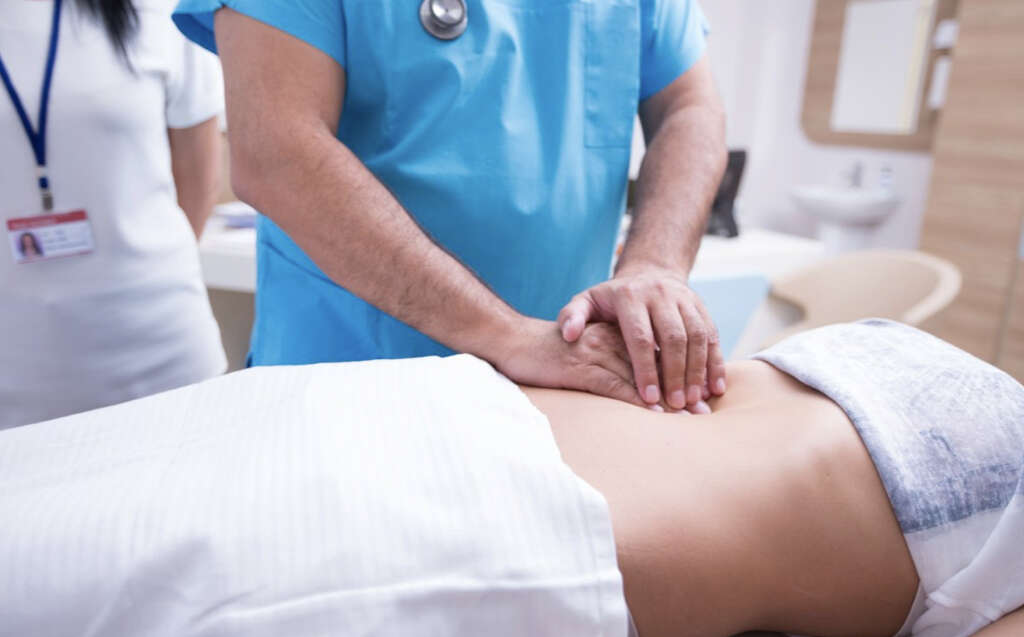
3. Abdominal Tenderness
Abdominal tenderness is described as the elicitation of pain upon abdominal palpation during a physical examination. During a physical examination, the examiner will slowly palpate the abdomen, applying pressure on different regions of the abdomen. This is a good maneuver for searching palpable masses and to assess if the patient refers pain upon palpation as well.
Patients with acute appendicitis will often refer pain upon palpation of the lower right quadrant of the abdomen, where the appendix is usually found. Even though many other conditions may cause right lower quadrant tenderness, it is still a helpful diagnostic tool.
4. Abdominal Guarding
Abdominal guarding is the conscious and voluntary contraction of the abdominal musculature to avoid pain upon palpation. This is a common finding in patients with peritoneal irritation and peritonitis. In some patients, guarding can be overcome by purposely relaxing the abdomen.
Most of the preoperative diagnosis of acute appendicitis relies heavily upon physical examination. Therefore, it is common that examiners will thoroughly explore the patient’s abdomen and this process may cause the patient to become apprehensive upon palpation. If you are experiencing this event, you should seek medical attention as soon as possible to prevent further complications.

5. Abdominal Rigidity
Abdominal rigidity is defined as the involuntary contraction of the muscles of the abdominal wall. This finding can be assed upon palpation during a physical examination. Abdominal rigidity is a classical finding of peritonitis which is the inflammation of the membrane that covers the abdominal cavity but it can also be a sign of other conditions. One key finding to differentiate between abdominal rigidity and guarding is that the patient may overcome abdominal guarding through mindful relaxation, whereas, in abdominal rigidity, this is not possible.
In the late stages of acute appendicitis, the examiner may find that the patient’s abdomen is rigid or stiff as a table upon palpation. This is a very specific sign associated with appendicitis but it is not enough to determine a diagnosis on its own.
6. Rovsing Sign
The Rovsing sign is described as pain in the right lower quadrant of the abdomen upon palpation of the left lower quadrant. This is a classic sign of peritoneal irritation and it is very useful in the diagnosis of many conditions. It is named after the Danish surgeon Niels Rovsing.
A positive Rovsing sign might be a sign of acute appendicitis, but it is considered an accessory sign. Accessory signs are not as specific as the other signs mentioned before and their absence is not enough to rule-out appendicitis.
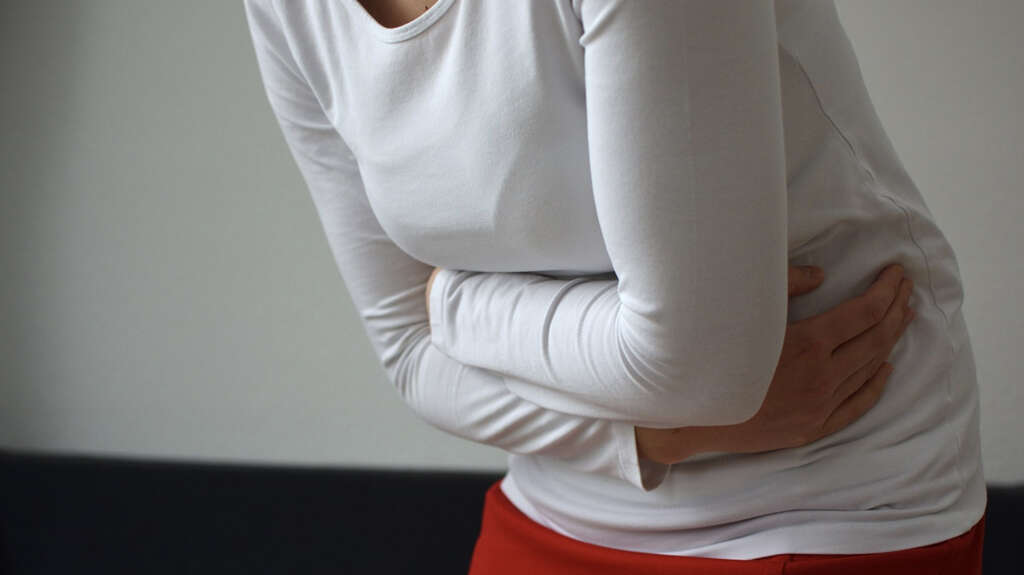
7. Obturator Sign
The obturator test is performed with the patient lying down on its back, with their knee bent at 90 degrees and their hip flexed at 90 degrees as well. The examiner will proceed to move the ankle away from the patient while the knee stays in the same place towards the midline.
A positive obturator sign is defined as pain in the right lower quadrant after performing the obturator test. It is an accessory sign of acute appendicitis, meaning that it is not enough evidence on its own to diagnose or rule out appendicitis. This sign can also be useful to determine the location of the inflamed appendix, as the obturator muscle is located deep in the pelvis.
8. Psoas Sign
The psoas sign is used to diagnose acute appendicitis. It is not as specific as other signs are, therefore, it is called an accessory sign, meaning that it is not enough evidence on its own to diagnose or to rule-out appendicitis. That being said, it is still helpful when present to determine the location of the inflamed appendix.
There are two ways to assess the psoas, sign. In a first way, the patient should be lying down on its back. The examiner will ask the patient to raise their right leg. If positive, the patient will complain of abdominal pain in their right lower quadrant. The second way is assessed with the patient lying down on their left side. The examiner will gently pull the extended right leg of the patient back. If positive, this will cause abdominal pain in the right lower quadrant.
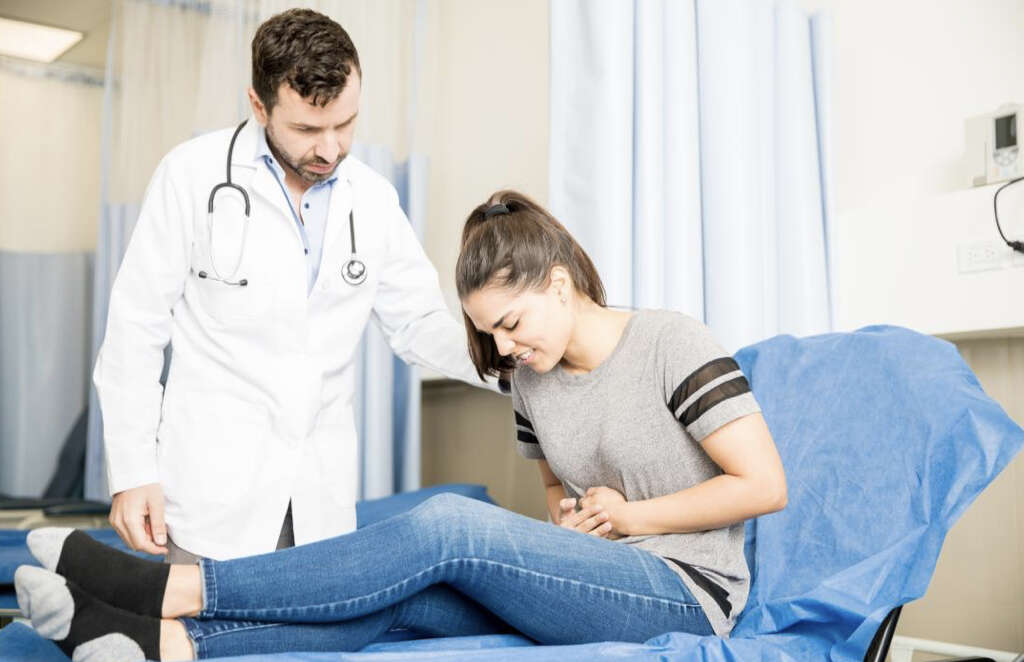
9. Dunphy Sign
The Dunphy sign is also known as the coughing test. It is described as pain in the right lower quadrant of the abdomen after coughing. It is one of the accessory signs associated with acute appendicitis. Even though it is not as specific as other tests, it is still useful to assess the presence of peritonitis.
During coughing, the pressure inside the abdominal cavity increases. This increased pressure can elicit abdominal pain in cases of acute appendicitis and/or peritonitis.
10. Markle Sign
The Markle sign is one of the least used diagnostic signs associated with acute appendicitis. To assess the Markle sign, the patient is asked to stand up and to shift its weigh into the tip of their toes. The examiner then will ask the patient to drop into their heels. If positive, the patient will complain of abdominal pain.
This is considered to be an accessory sign of appendicitis, which means that if this sign is not present, it is not enough evidence to rule out appendicitis. This sign is helpful in the early stages of appendicitis, where the symptoms are still developing and other signs might not be as evident.



